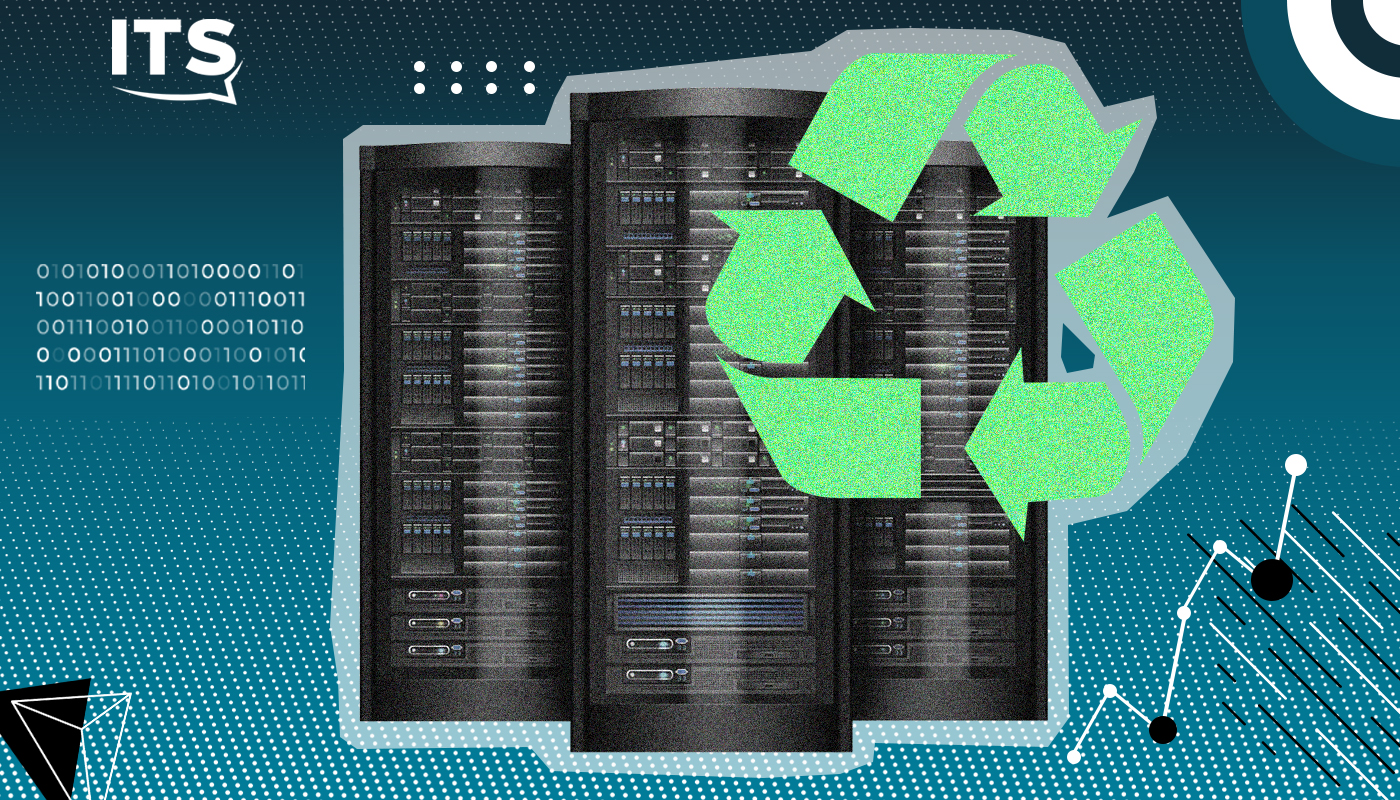Reducing power consumption of IT resources in enterprises and data centers, tracking hardware throughout the production cycle, recycling devices and more. Beyond a simple ecological display, these measures must be effective in applying ecological commitments.
The best practice guide published by the French Alliance of Digital Industries (AFNUM) shows the diversity of the range of existing solutions to reduce the environmental footprint of digital technology. Today, social and environmental responsibility (CSR) is based on the declaration of actions undertaken, but the rules could tighten and become obligations. For SMEs and ETIs, the CSR reporting obligation does not apply but it is effective for listed companies with a turnover of more than 100 million euros or more than 500 employees. A recent IDC report shows a 10% increase in European organizations engaged in an ESG (Environment, Social and Governance) approach, which is part of CSR and which allows the extra-financial analysis of a company. The digital carbon footprint represents at least 4% of the total according to various sources. More precisely, according to the website Vie Publique, the manufacture of equipment accounts for 80% of this figure compared to 20% for their use (their electricity consumption).
In all cases, companies must and will have to integrate more virtuous practices in these areas. The AFNUM publication puts the magnifying glass on the three sources of greenhouse gas (GHG) emissions from digital technology. Of course, terminals mostly dominate with 65% of the energy consumed by equipment (computers, servers, etc.). They are followed by the data centers on which the cloud is based, massively adopted by organizations. They consume 20% of the electricity of the entire ecosystem. Ultimately, the networks would only be responsible for 15% of total consumption.
Data centers are becoming more and more involved in energy reductions
Representing about 2% of national consumption, data centers make energy efficiency an important issue. Energy consumption represents almost half of the total cost of operating a data center over ten years. A glimmer of hope, the scientific journal Science indicates that between 2010 and 2018, the global energy consumption of data centers increased by only 6% while the number of virtual machines more than quintupled during the same period.
The savings achieved correspond roughly to the amount of electricity used by a city the size of Hamburg, which is a first step. “The Climate Neutral Data Center Pact”, which brings together European cloud providers, is committed to achieving a set of goals covering things like energy efficiency, use of non-carbon energy, water use or repair and reuse of servers.
Many ways to improve environmental performance
The sale of obsolete computers and monitors to companies like Save Market is part of the solution. Respect for the environment does not only consist in reducing energy consumption but also in ensuring the recycling of metals, iron, copper, aluminum, plastic and even glass as well as rare resources such as gold, silver, copper, lithium and gallium. So far, companies capable of effectively processing e-waste are very rare and they mainly leave, through illegal channels, to Ghana, Nigeria and other countries.

